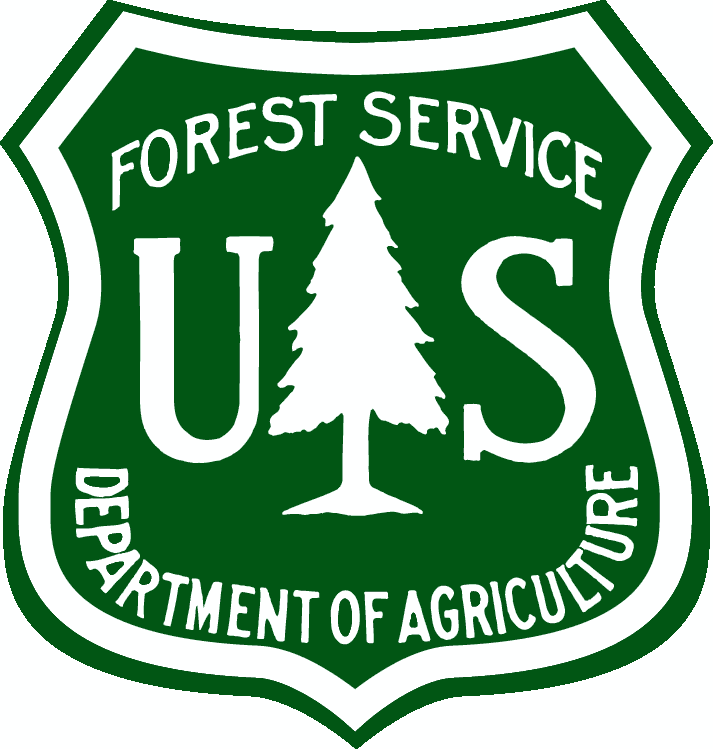
Members of the Manti-La Sal National Forest have been hard at work revising the 1986 forest plan, and now they are looking for the public’s input despite official scoping being delayed.
“We have gone through the process to develop a draft plan,” said Kyle Beagley, Manti-La Sal forest planner. “A scoping period gives the public a chance to look at the documents we have developed and tell the Forest Service what issues and concerns members of the public have and would like to be addressed prior to more in-depth analysis which happens in the Environmental Impact Statement (EIS).”
For larger projects that require an EIS, such as forest plan revision, a Notice of Intent to start the analysis phase of the EIS must be published in the Federal Register for official scoping to begin. This has been delayed due to the ongoing pandemic. However, the forest is providing an opportunity for public participation by posting the draft plan, and associated documents, on the forest website and is asking the public to review the documents and consider submitting comments.
“Due to the situation surrounding Covid-19, we have delayed officially scoping our draft forest plan,” Beagley said. “During a time where things are different and challenges us to engage virtually, we developed a way to provide the public an extended window to review and become familiar with our draft plan and the associated documents.”
The forest plan team have placed all available documents, as well as links to virtual workshops, a story map and information on how to comment, on the forest website at: https://www.fs.usda.gov/main/mantilasal/landmanagement/planning. Virtual workshops will be offered throughout October and November with options to dial in via phone or link in via a computer.
“If you have any questions please reach out and contact us at any time,” Beagley said. “Community engagement creates better, more resilient forest plans. It builds and maintains working relationships. It allows for shared learning and understanding between the agency and the public, while also promoting a common understanding of facts and issues that affect the planning process.”
Beagley added that his hope is that this opportunity for public participation flows into the official scoping period. However, if official scoping continues to be delayed well into 2021, the planning team may consider an end date for the public participation opportunity and notify the public accordingly. Should that occur, those that did not submit comments during the public participation opportunity timeframe will be able to submit their comments during the official scoping period.
The new forest plan is made up of several plan components; which are goals, desired conditions, objectives and standards and guidelines. These plan components are applied to each resource area discussed in the plan.
For example, recreation has changed since 1986, which means the plan component laid out in the original 1986 forest plan is no longer entirely accurate. Visitation and population have increased, technology and types of recreation have expanded, parts of the forest have become international destinations, such as the Moab area and Maple Canyon in Sanpete.
Forest Service employees, together with public input, have considered these changes and what the desired condition would be for long term sustainability. Applicable goals, objectives, standards and guidelines should then support those desired conditions. This pattern is found throughout every resource area within the draft plan.
Forest plans set the overall management direction and guidance for each national forest across the county.
“Many of us are more familiar with site-specific Forest Service projects that occur in a single ranger district or in a particular watershed,” Beagley said. “In contrast, forest plans do not provide site-specific direction, such as where to put a recreation trail or what timber will be harvested, but instead guide management activities at a forest-wide scale, providing direction for uses within each national forest.”
Public engagement is an opportunity for participation under 36 CFR 219.4(a) which states that the responsible official shall provide opportunities to the public for participating in the development of a plan proposal. The forest plan team will not make any changes to the forest plan draft, until they have analyzed and responded to comments after the official scoping period has closed.
